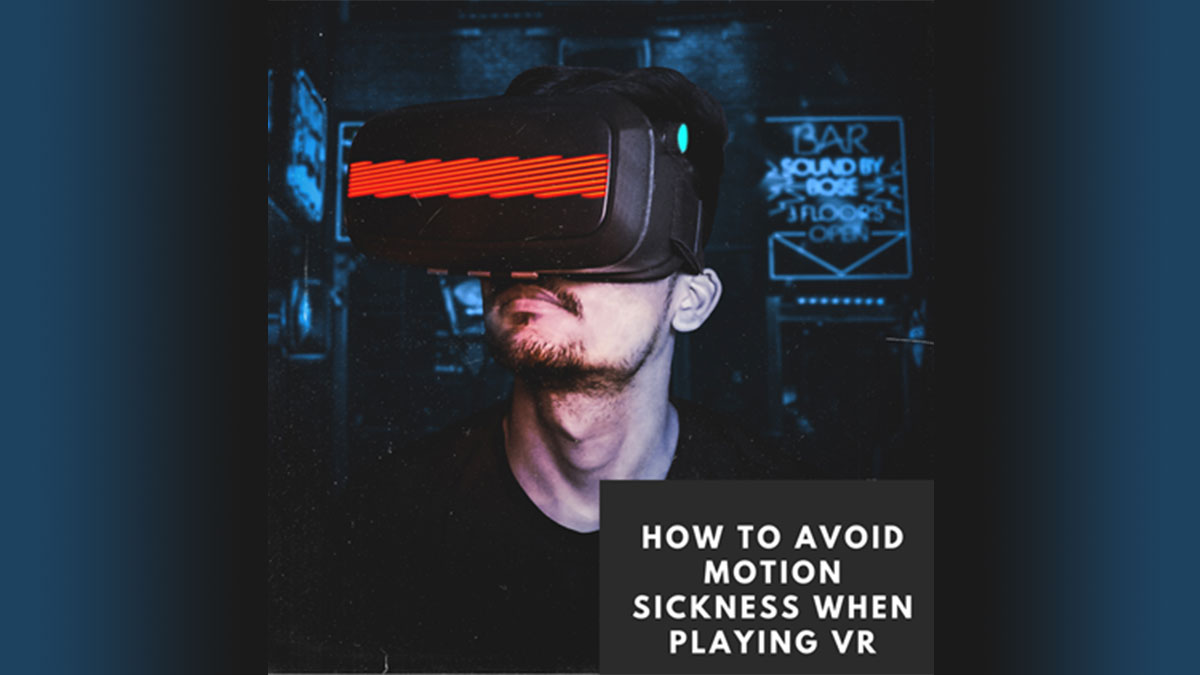
How to Avoid Motion Sickness When Playing VR
Virtual reality has become dominant in the game industry, including the niche of escape rooms.
More and more business owners choose virtual reality technology to level-up their business because it expands their arsenal of games and wins new customers.
According to the report, in 2019, 42.9 million people in the US will use VR at least once per month.
Despite its growing popularity, there is still a problem many VR users encounter; it is known as virtual reality sickness (VR motion sickness).
Due to this condition, the duration of the gaming session is reduced, and the gaming experience deteriorates. Below we will highlight the causes of VR motion sickness and the possible ways to prevent it.
Causes of VR Motion Sickness
Virtual reality sickness (VR motion sickness) is the physical discomfort that occurs when an end user’s brain receives conflicting signals about self-movement in a digital environment.
According to the VR motion sickness research, factors such as gender, age, and heredity may affect predisposition to VR motion sickness. Thus, some scientists believe that women are more prone to VR motion sickness than men because they have better peripheral vision.
Main reasons for VR motion sickness are the following:
- The position of a headset
A poorly-fitted headset or unfocused lenses can cause certain discomfort, for instance, swelling, heat, eye-straining symptoms that can lead to VR motion sickness.
- A conflict between the inner ear and visual data
If there is a mismatch between movements in a virtual reality environment and physical movements, VR motion sickness occurs.
How to Avoid VR Motion Sickness
There are many VR motion sickness solutions, but not all of them are effective.
ARVI, a leading developer of cutting-edge VR Escape Rooms, comes up with practical means to prevent VR motion sickness. The effectiveness of these solutions is proven by ARVI’s experience in the development of multiplayer exclusive games.
- Alternative types of movement
There are many ways to fool the brain. The main rule is to avoid acceleration and deceleration because the brain perceives motion and reacts to it.
The second way is to decrease frames per second (FPS) animation of camera motion to 10-15 frames per second, and the rendering speed should be 90 Hz. In this case, the brain does not recognize the movement.
The third solution is to introduce teleportation as it eliminates the visualization of motion.
The fourth way is to make sure that the movement of a player in a virtual environment and in reality is in sync. For example, running in place or redirected walking can be a possible option.
- Picture adjustment
ARVI research found that if the picture is too bright, it can result in fatigue and tension in the eyes. Thus, bright colors should make up no more than 20% of the whole picture.
Also, the brain responds to certain visual patterns in peripheral vision as they determine movement. Therefore, sharp patterns should be either blurred or eliminated.
Besides, some developers claim that if the field of view (FOV) is reduced and peripheral vision is “disabled” during non-simultaneous movement of virtual and real cameras, the risk of virtual reality sickness is low.
Bottom Line
Thus, in order to prevent VR motion sickness, certain changes must be made. So, acceleration and deceleration should be avoided, teleportation and redirected walking should be introduced, and the FPS should be reduced. As for the picture, it should include at least 80% of dark colors, the FOV should be reduced, and visual patterns in peripheral vision should be smoothed. Then people can enjoy playing different VR Escape Rooms or VR games without any discomfort.
